| 1 |
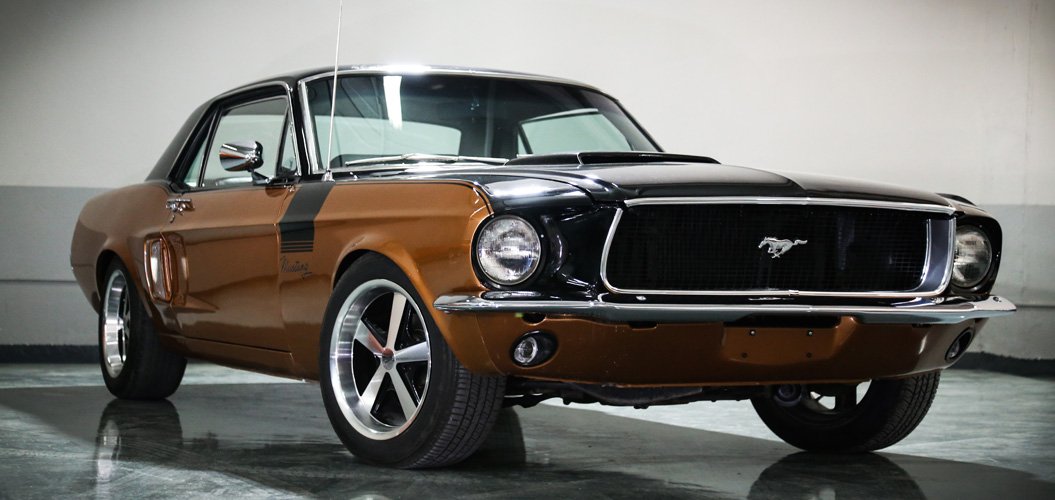 |
Ford Mustang |
1967 |
The Ford Mustang is arguably one of the most identifiable cars in the history of automobiles. The 1967 Mustang is the first redesign of the original model that began production in 1964. In 1967 is where the car was made larger from the exterior, and more spacious in the interior. The larger grille, body, and wider rear end created a more muscular, and aggressive look for the car, really making it stand out, and look astonishing. Not that Ford needed a car to establish them into the automobile market, but the Mustang really reassured the world of Ford’s place in the automobile business, and with more than a million being sold in the first 3 years of production, no one could deny Ford the place they had earned with this mechanical beauty. |
| 2 |
 |
Bentley S1 |
1956 |
The Bentley S1 (originally simply "Bentley S") was a luxury car produced by Bentley Motors Limited from 1955 until 1959. The S1 was derived from Rolls-Royce's complete redesign of its standard production car after World War II, dubbed the Silver Cloud; each was its maker's last standard production car with an independent chassis. The S-series Bentley was given the Rolls Royce- Bentley L series V8 engine in late 1959, and designated the S2. Twin headlamps and a facelift to the front arrived in late 1962, resulting in the model designation S3. In late 1965 the S3 was replaced by the completely new monocoque Rolls-Royce Silver Shadow-derived T series. |
| 3 |
 |
Auburn 851 Speedster |
1935 - 1937 |
While many magnificent automobiles rolled out of the famed Auburn in Indiana prior, their true icon would come in late 1934. Penned by Gordon Buehrig, the young designer who had mastered designs for Stutz and Duesenberg, the 851 Boattail Speedster could be considered his masterpiece. An art deco influenced, streamlined Speedster, this exceptional automobile was powered by a supercharged Lycoming eight-cylinder engine, offered staggering 150 HP performance for its day, and the standard Columbia dual ratio rear axle added a whole new dimension to its drivability- speed. The 851 Speedster was the first stock American car to exceed 100 MPH for twelve hours. In fact, all 851 Boattail Speedsters were guaranteed to exceed 100 MPH in stock form. Its performance was astonishing, but the car is remembered today for its styling; it is undeniably one of the most striking and unforgettable designs of the 1930s |
| 4 |
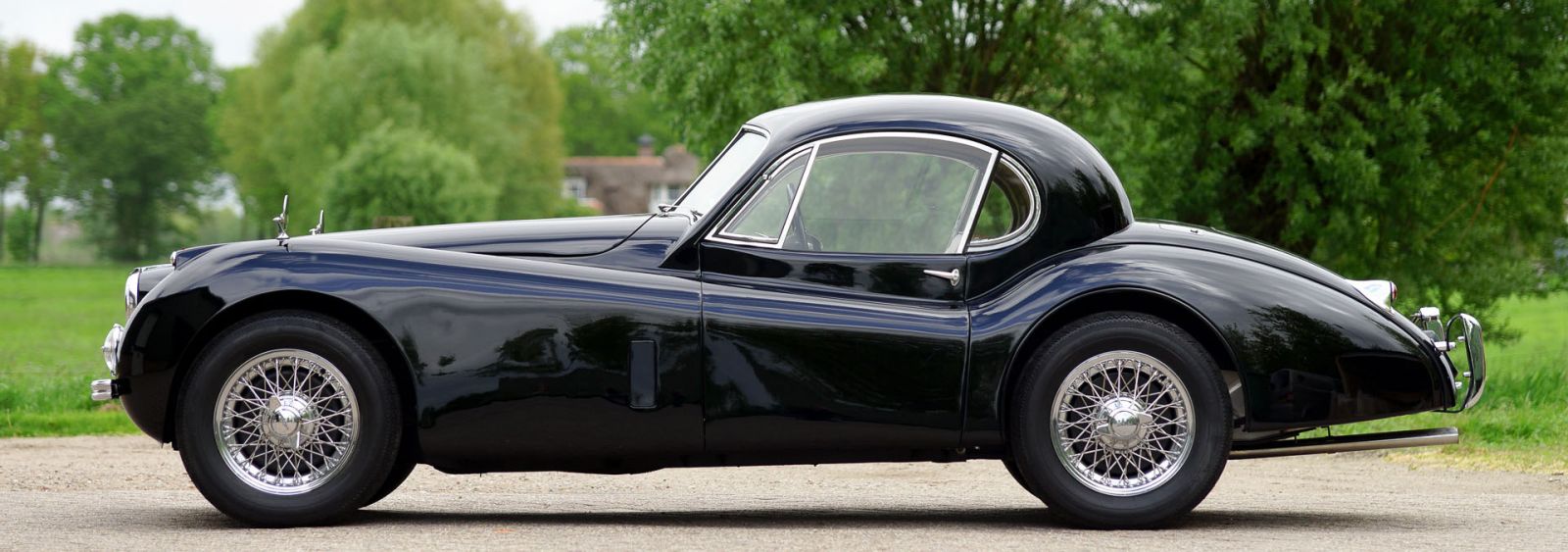 |
Jaguar XK120 |
1948 -1956 |
he Jaguar XK120 is a sports car manufactured by Jaguar between 1948 and 1954. It was Jaguar's first sports car since the SS 100, which ceased production in 1940. The XK120 was launched in open two-seater or (US) roadster form at the 1948 London Motor Show as a testbed and show car for the new Jaguar XK engine. The display car was the first prototype, chassis number 660001. It looked almost identical to the production cars except that the straight outer pillars of its windscreen would be curved on the production version. The roadster caused a sensation, which persuaded Jaguar founder and design boss William Lyons to put it into production. Beginning in 1948, the first 242 cars wore wood-framed open 2-seater bodies with aluminium panels.[4] Production switched to the 1cwt or 112 lb (51 kg) heavier[5] all-steel in early 1950. The "120" in the name referred to the aluminium car's 120 mph (193 km/h) top speed (faster with the windscreen removed), which made it the world's fastest production car at the time of its launch.[6] In 1949 the first production roadster, chassis number 670003, was delivered to Clark Gable. |
| 5 |
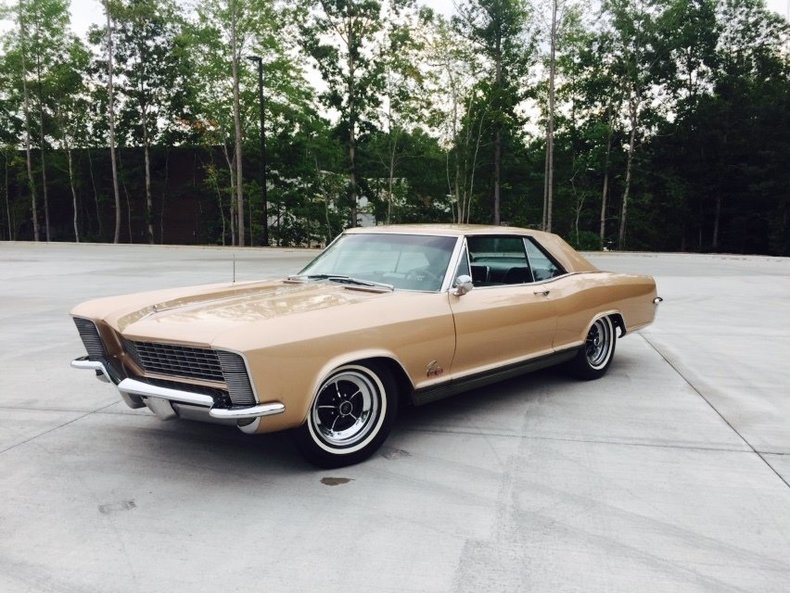 |
Buick Riviera |
1971 |
The Buick Riviera is a personal luxury car produced by Buick from 1963 to 1999. GM's first entry into that prestige niche, the Riviera was highly praised by automotive journalists upon its high-profile debut. While early models stayed close to the original form, subsequent generations varied substantially over the Riviera's thirty-year lifespan. In all, 1,127,261 were produced. The Riviera name had been used by Buick since the early 1950s for various prestige versions of existing models, with the 1962 iteration being a large six-window hardtop version of the top-of-the-line Electra 225. The crisply styled 1963 E-body design was Buick's first ground-up Riviera model. The Riviera name was resurrected for concept cars displayed at auto shows in 2007 and 2013 in hopes of reintroducing the marque, but no plans to do so are currently in place. Unlike its contemporary GM E platform stablemates, the Oldsmobile Toronado and Cadillac Eldorado, the Riviera was initially a standard front engine/rear-wheel drive platform, only becoming front wheel drive starting in 1979 as part of a sweeping move in that direction by the American automobile industry. |
| 6 |
 |
dodge charger |
1969 |
There were two different 383 engines available for the 1969 model year: 2-barrel and 4-barrel. The 2-barrel was rated at 290 hp. The four barrel engine was rated at 330 hp and was identified by the "pie tin" on the air cleaner as "383 / FOUR BARREL". The 330-hp engine was unique to the Charger model in 1969. While this engine was available with an un-silenced air cleaner option, it differed internally from the 335-hp 383 "Magnum". In 1969 the B-series engines were all painted Chrysler Engine Turquoise with the exception of the 383 four speed, 440 Magnum, These engines were painted Chrysler High-Performance Orange. Differing from the 426 Hemi which was painted Street Hemi Orange. The 335-hp 383 Magnum engines were also painted Chrysler High-Performance Orange. The 383 Magnum motor was used in Road Runners and Super Bees, but did not appear in a Charger body until 1971. Differences between the 330-hp 383 4-barrel and 335-hp 383 magnum were mostly internal. Both versions used the Carter AVS carb and the larger exhaust manifolds from the 440 Magnum engines, but the Magnum had a windage tray in the oil pan, a different camshaft profile, and different valve springs |
| 7 |
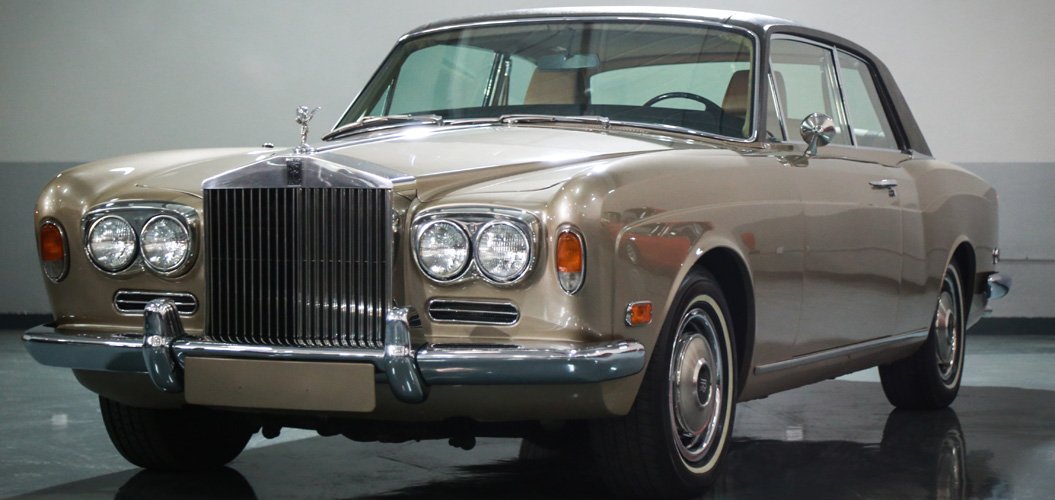 |
Rolls Royce Corniche |
1973 |
Rolls Royce Corniche. Handmade to perfection, the Rolls Royce name is known for their quality craftsmanship, and being the vehicle that represents, and embodies you in the epitome of luxury. With only 3,239 Rolls Royce Corniche’s produced from 1971 to 1988, this is truly an extremely lucky, and rare find in such amazing condition! The root of the word Corniche is from Italian decent that means a coastal road, usually on the face of a cliff, which is exactly where you get transported while driving in this luxurious piece of historical art. Perfectly restored, and truly a must have for all classic car collectors who have an interest in luxury, this vehicle has 41,954 kilometers on it. The champagne color that is coated over the car only adds to the luxury and exclusivity of this car. All of the chrome has been polished and stands out beautifully, especially on the classic Rolls Royce grille. |
| 8 |
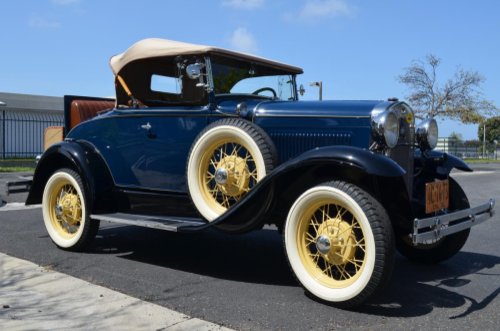 |
Ford A40b |
1930 |
Made by Ford Motor Company in 1930. This car is very interesting especially for Ford Motor Company because it is the first model for a Ford car designed by Mr. Adsel Bryant Ford personally and he's the son of Henry Ford. Mr. Adsel was President of the Ford Motor Company from 1919 to his death in In 1943, this car was characterized by a great model in terms of the shape of the sports car and the power of the machine and accessories added for the first time on Ford cars |
| 9 |
 |
BMW 328 Roadster |
1936 - 1939 |
The BMW 328 is a sports car made by BMW between 1936 and 1939, with the body design credited to Peter Szymanowski, who became BMW chief of design after World War II (although technically the car was designed by Fritz Fiedler). In 1999 the BMW 328 was named one of 25 finalists for Car of the Century by a worldwide panel of automotive journalists. The 328 was introduced at the Eifelrennen race at the Nürburgring in 1936, where Ernst Henne drove it to win the 2.0-litre class. The 328 had more than 100 class wins in 1937, including the RAC Tourist Trophy, the Österreichische Alpenfahrt, and the La Turbie hillclimb. In 1938, the 328 won its class at Le Mans, the RAC Tourist Trophy,[6] the Alpine Rally, and the Mille Miglia. The 328 won the RAC Rally in 1939 and came in fifth overall and first in class in the 1939 24 Hours of Le Mans. |










